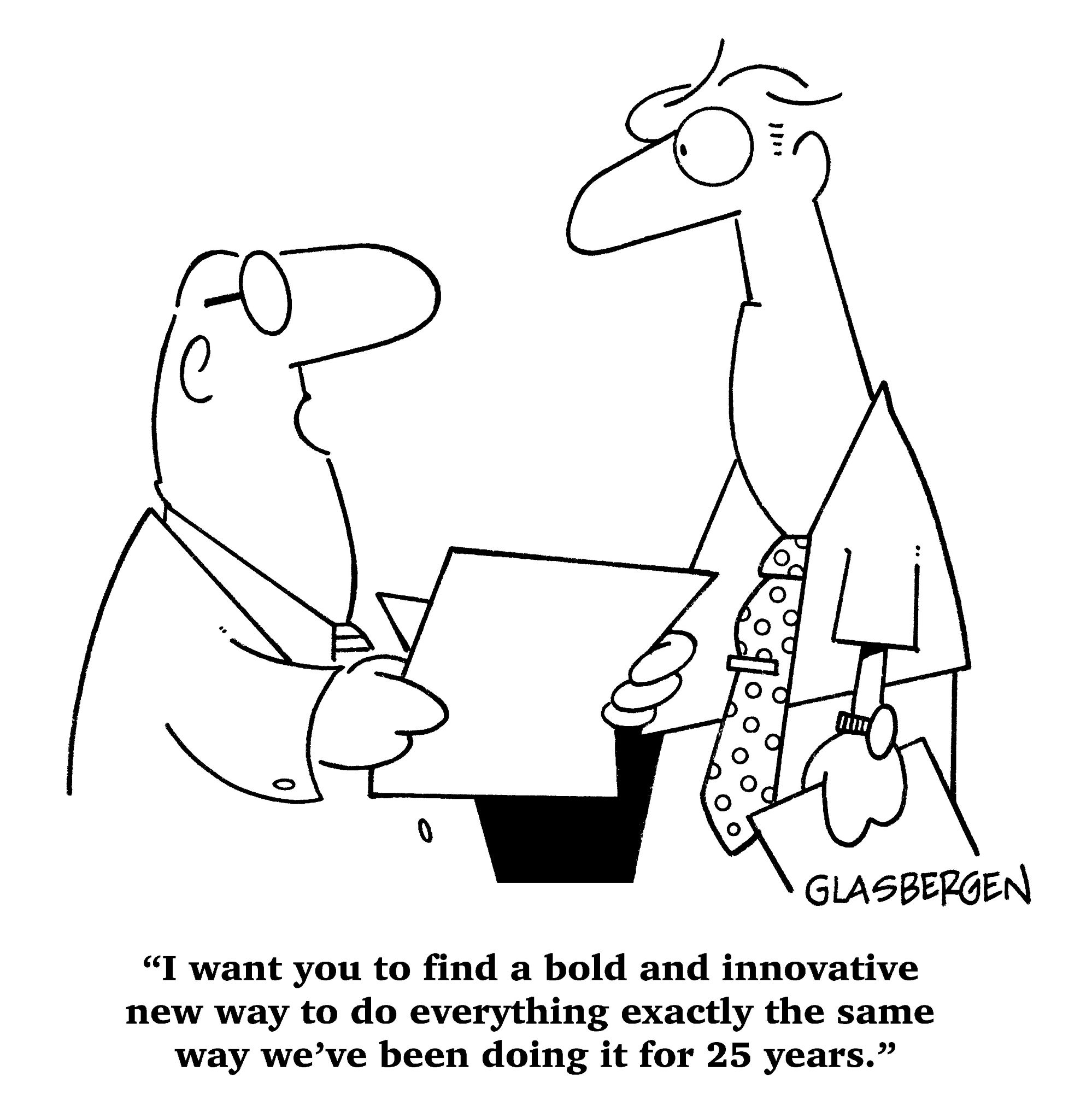Shifting Paradigms in Development: Embracing the PDIA Approach for Sustainable Solutions
How development is done right now and the problem with it
Most development interventions follow an almost fixed pattern where specialists initially conduct studies to decide on a ‘solution’. They pre-design the solution that should be introduced into a context, and initiate implementation. These are phases in a linear process that we believe yield limited learning or chance for adaptation. The vast majority of development projects start as solutions often presented in the proposal stage and they follow a set pattern. Even though some successes have been recorded using such approaches, there are usually gaps in the learning, involvement of stakeholders and other useful processes to enhance the project outcomes and sustainability.

The PDIA philosophy and approach
Enhancing organisations’ ability to implement increasingly complex interventions is a current challenge for the development sector. The solutions required are not quick-fixes from the usual project implementation processes. Effective sustainable solutions to complex issues in development should consider the interplay of the local context, politics, history and culture. The PDIA approach argues that solutions to these problems are usually not generic institutional blueprints or universal best practice techniques.
Finding and fitting solutions to complex problems requires first identifying multiple ideas and then trying these out, in an experimental manner, to allow the emergence of hybrids. In PDIA, several approaches are tried and tested. For instance, when dealing with complex problems such as teenage pregnancy, policy makers and would-be reformers can try new ideas out, learn what works and why, adapt ideas, and repeat the process until a solution is found. However, developing capability for the PDIA approach requires time. Iteration starts by identifying initial action steps (building on the already-completed problem analysis and idea identification activities). The initial steps should be highly specified, with precise determination of what will happen and subsequent actions which can then be repeated. The questions that come to mind during such a process are what was achieved?’ ‘what was learned?’ ‘what is next?’.
In all of this, it is important to take note of the fact that an idea should be tested to see whether it is politically and administratively possible to be implemented in the context (have the solutions proved to work in this context, such that the people in the context know how to implement them?).
To sum up
The PDIA approach always uses continuous learning and always contextualises an idea to see the political and administrative suitability of such an idea. The repeated actions and involvements of the project stakeholders make it a better way of implementing development projects. PDIA programming offers tools to develop sustainable approaches to development problems.

 Previous Post
Previous Post Next Post
Next Post